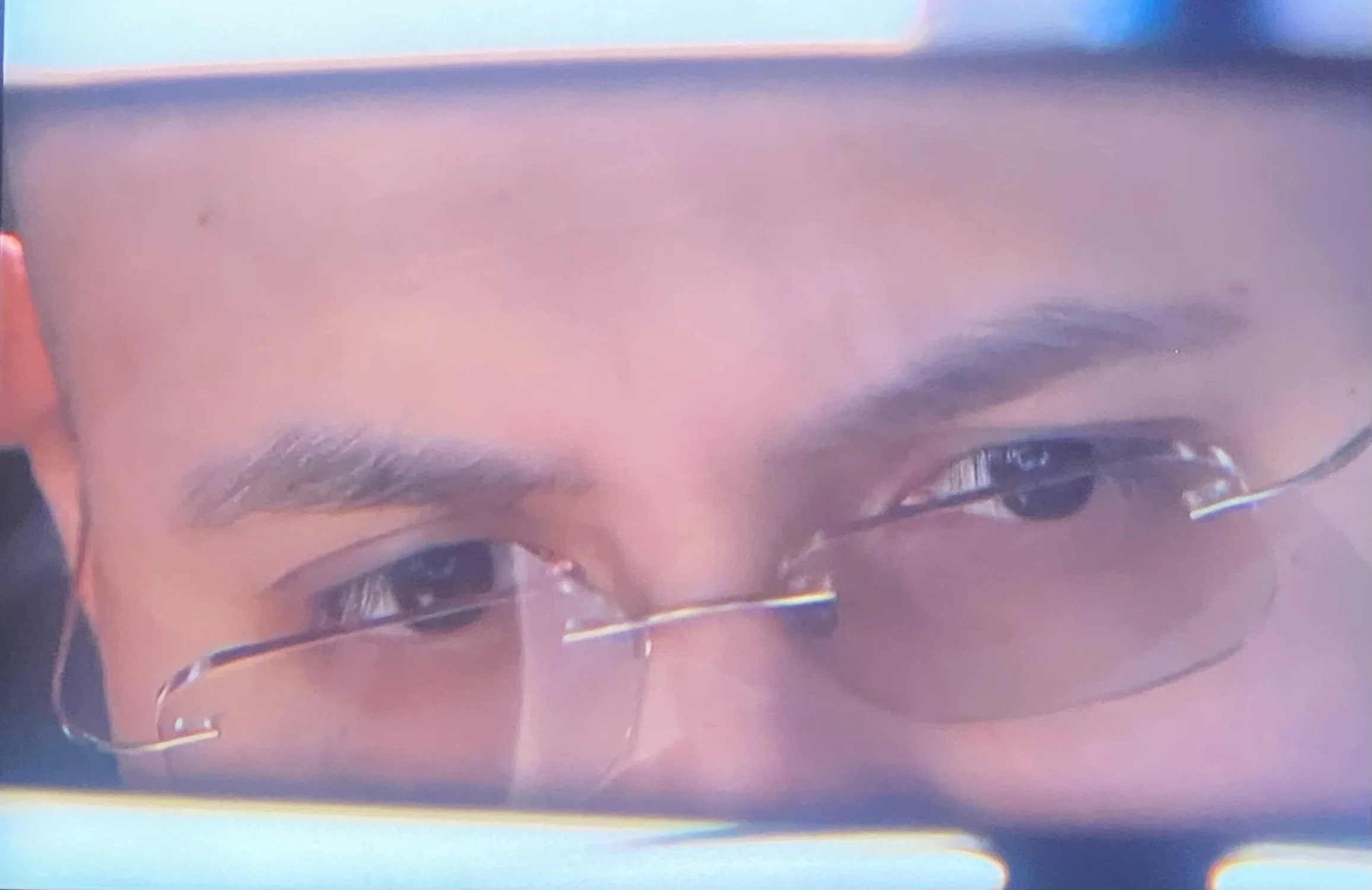

Light in Motion
Walking
I spent a large amount of my time between 2019 and through the pandemic walking various lengths of the Texas-Mexico border. The first steps began shortly after I moved to Far West Texas, a relocation that coincided roughly with the Pulse nightclub shooting. What started as personal exploration transformed into something more intentional after August 3, 2019, when a white supremacist drove to El Paso and opened fire at a Walmart, killing 23 people and injuring many others in an act of racist terrorism fueled by "great replacement" conspiracy theories. A friend and her students narrowly missed being caught in the violence.
This massacre, followed by two other mass shootings in the region over three years, then overlaid with the isolating fog of the pandemic, created a gravity I couldn't escape. My response was simple and physical: I walked. Not away, but toward and along the line that both divides and connects, a line that had become increasingly weaponized in political discourse.
Between 2019 and through the pandemic I walked various lengths of the Texas-Mexico border. The first steps began shortly after I relocated to Far West Texas, which coincided roughly with the Pulse nightclub shooting. What started as personal exploration transformed after August 3, 2019, when a white supremacist drove to El Paso and opened fire at a Walmart, killing 23 people and injuring many others in an act of racist terrorism fueled by great replacement conspiracy theories. A friend and her students narrowly missed being caught in the violence. This massacre, followed by two other mass shootings in the region over three years, then overlaid with the isolating fog of the pandemic, created a gravity I could not escape. My response was simple and physical: I walked. Not away, but toward and along the line that both divides and connects, a line that had become increasingly weaponized in political discourse.
Walking the border placed me within a tradition I had not initially recognized. The region holds centuries of pilgrimage practice where physical movement through difficult terrain serves as both witness and transformation. Survivors of the Bataan Death March established the modern Easter pilgrimage to El Santuario de Chimayó after World War II, walking to give thanks for deliverance. That tradition continues with 300,000 people annually making pilgrimages to sites across the borderlands, some walking from Albuquerque, some crawling on their knees, some barefoot. These practices blend Tewa beliefs in healing earth with Catholic devotion and contemporary acts of solidarity. Recent border pilgrimages function less as charity than as proximity, bringing participants face to face with the human reality of a system in which we are all implicated.
My walks were not religious pilgrimage in the traditional sense, but they drew from the same impulse: to move toward suffering rather than around it, to transform understanding through the body rather than theory. Walking makes abstract distance measurable. It forces encounter with what we might otherwise frame as mere geopolitical boundary or talking point. The physical act of covering ground, day after day, produces a different kind of knowledge than any amount of reading or remote analysis. You learn what the land actually is. You learn who lives there. You learn how the line functions in practice rather than rhetoric.
